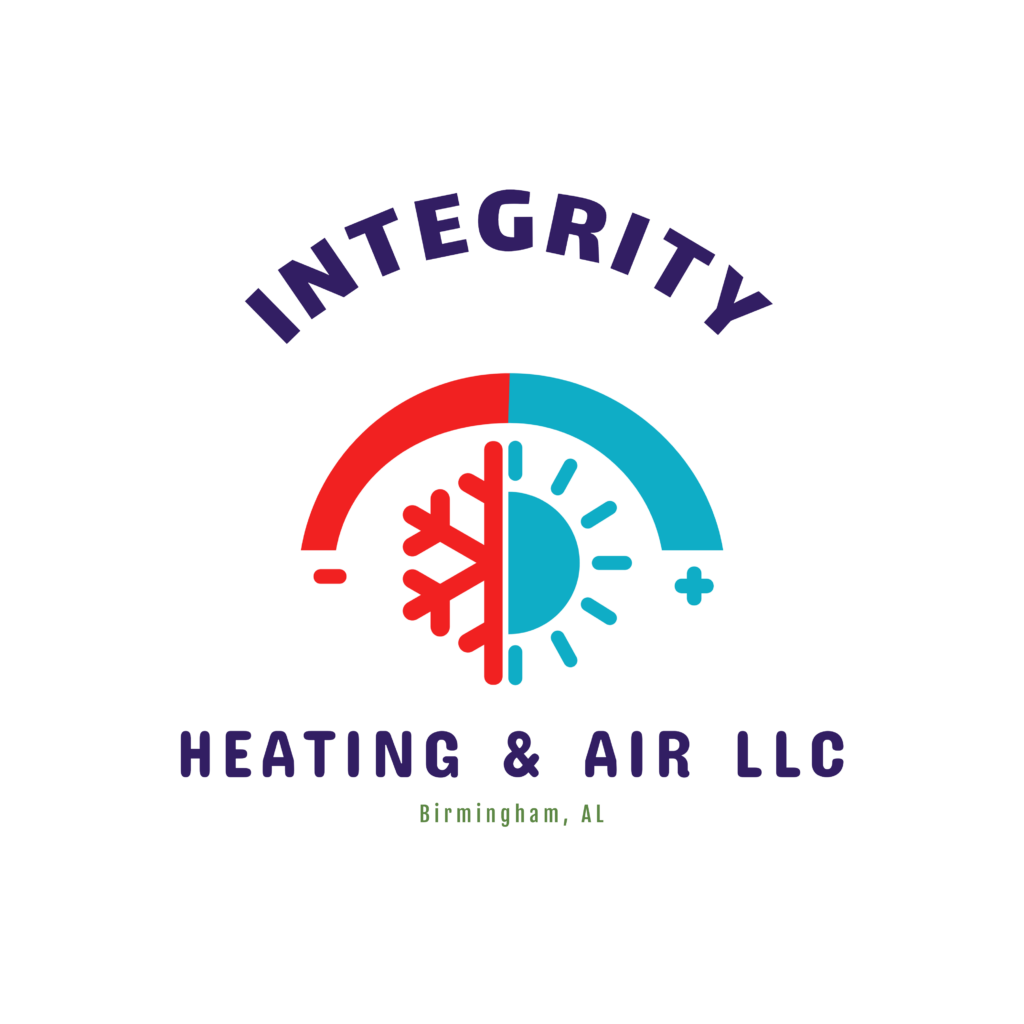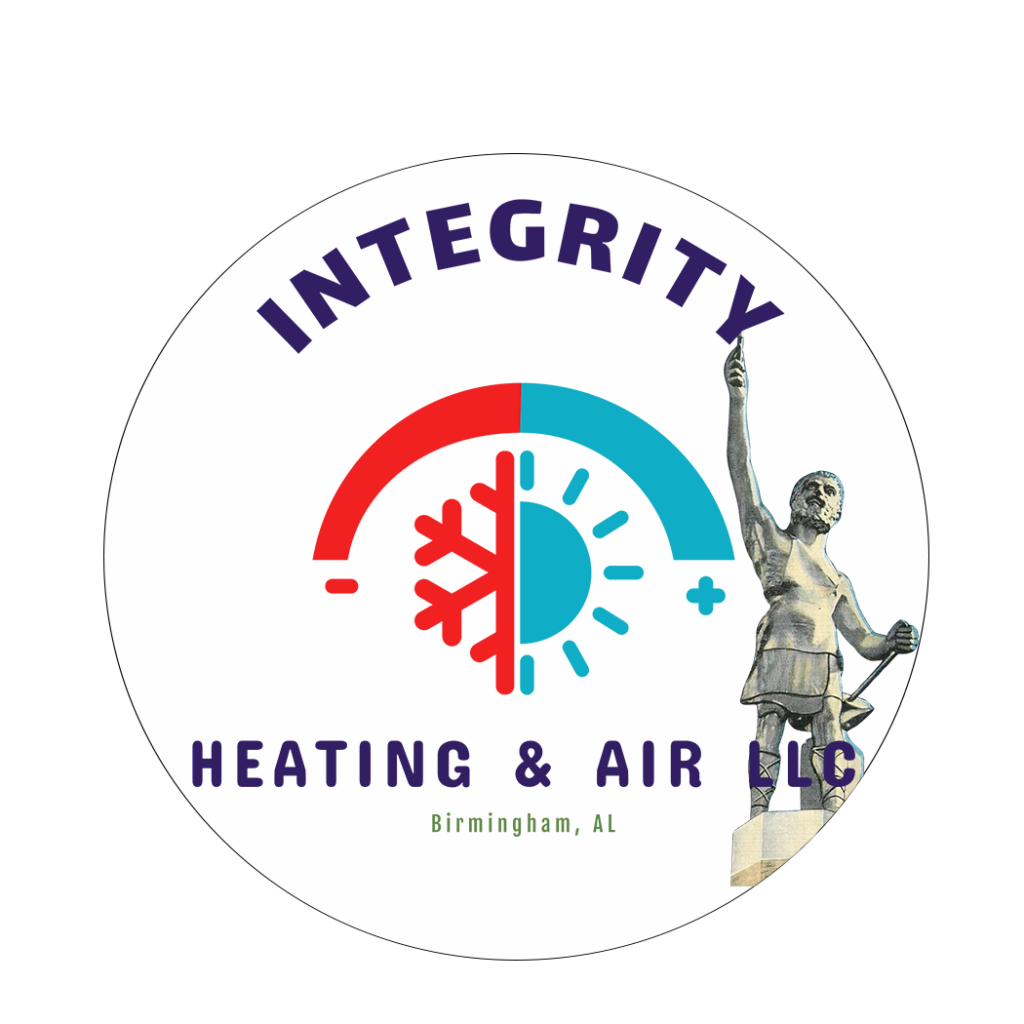Variable Refrigerant Flow (VRF) systems have been gaining popularity in the HVAC industry for their energy efficiency and versatile applications. These systems offer a flexible and efficient way to provide heating and cooling in commercial buildings, residential complexes, and other spaces. In this blog post, we will explore the key features and benefits of VRF systems.
### What is a VRF System?
VRF systems are advanced heating and cooling systems that use refrigerant as the cooling and heating medium. They are designed to provide individualized comfort control to different zones within a building, allowing for precise temperature regulation and energy savings. VRF systems consist of an outdoor unit that connects to multiple indoor units located in different zones or rooms.
### Key Features of VRF Systems
1. **Variable Capacity**: Unlike traditional HVAC systems that operate at full capacity, VRF systems can vary the flow of refrigerant to match the heating or cooling needs of each zone. This results in better energy efficiency and lower operating costs.
2. **Zoning Capabilities**: VRF systems can provide heating and cooling to different zones simultaneously, with each zone having its own thermostat for customized comfort control. This zoning capability is ideal for buildings with varying occupancy levels or temperature preferences.
3. **Quiet Operation**: VRF systems are known for their quiet operation, making them suitable for environments where noise levels need to be kept to a minimum, such as offices, hotels, and residential buildings.
4. **Flexible Design**: VRF systems can be easily integrated into new construction projects or retrofitted into existing buildings. The compact size of the indoor units and the flexibility of the refrigerant piping allow for versatile installation options.
5. **Energy Efficiency**: VRF systems use advanced technologies such as inverter-driven compressors and heat recovery to maximize energy efficiency. By recovering waste heat from cooling zones and redistributing it to areas that require heating, VRF systems can significantly reduce energy consumption.
### Benefits of VRF Systems
1. **Energy Savings**: VRF systems are highly energy-efficient, leading to lower utility bills and reduced carbon footprint.
2. **Improved Comfort**: The ability to customize temperature settings in different zones enhances occupant comfort and satisfaction.
3. **Space-Saving**: The compact design of VRF systems and the absence of ductwork make them ideal for buildings with limited space.
4. **Easy Maintenance**: VRF systems require minimal maintenance compared to traditional HVAC systems, resulting in lower maintenance costs over time.
5. **Longevity**: VRF systems are built to last, with many manufacturers offering warranties and reliable service support.
In conclusion, VRF systems offer a modern and efficient solution for heating and cooling requirements in various types of buildings. Their advanced features, energy-saving capabilities, and customizable zoning make them a popular choice for architects, engineers, and building owners looking to upgrade their HVAC systems. As technology continues to evolve, VRF systems are likely to play a significant role in the future of sustainable building design and operation.

